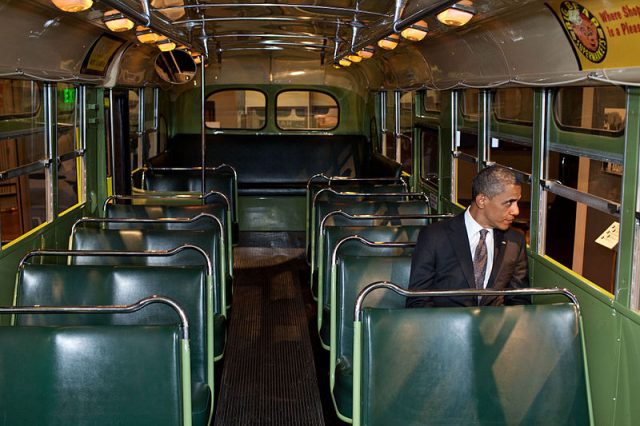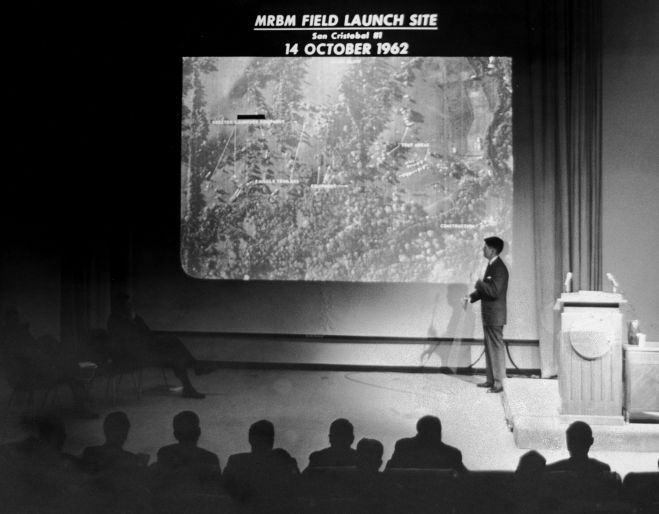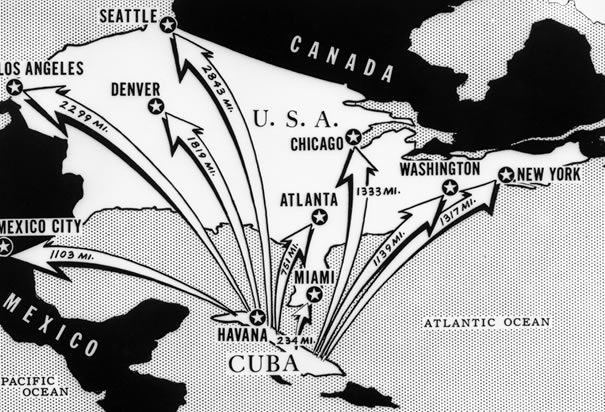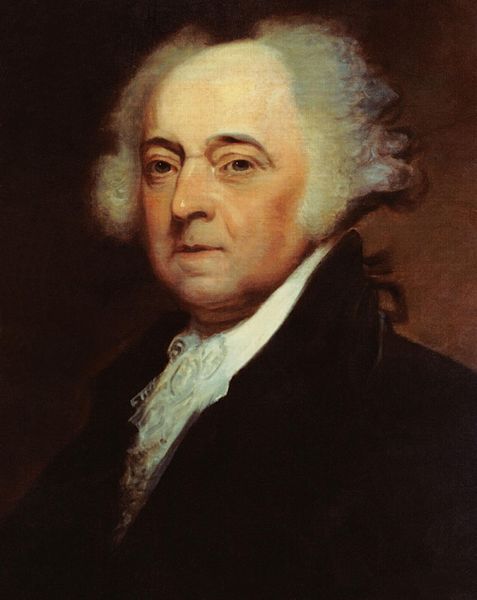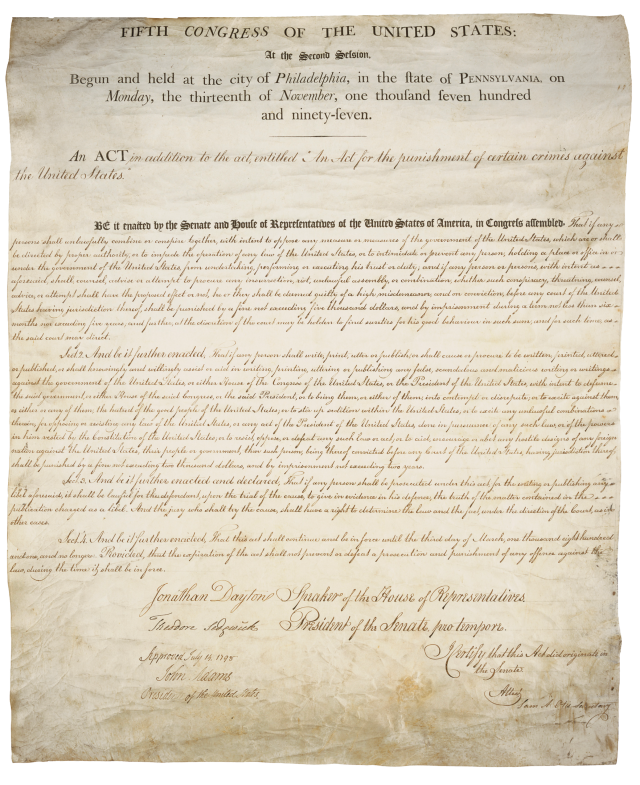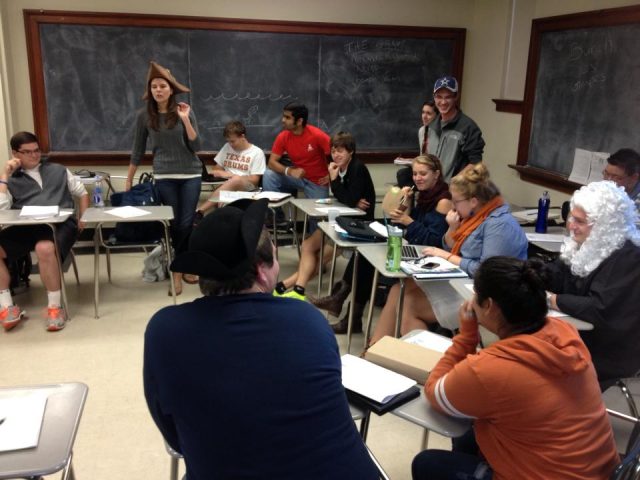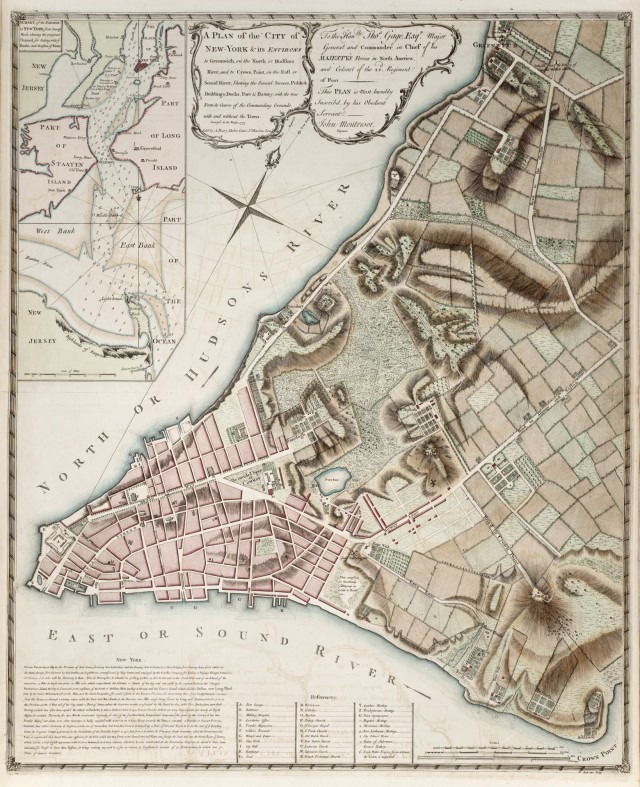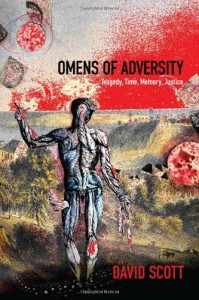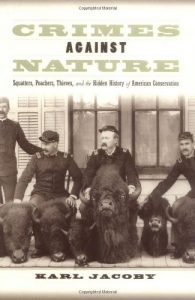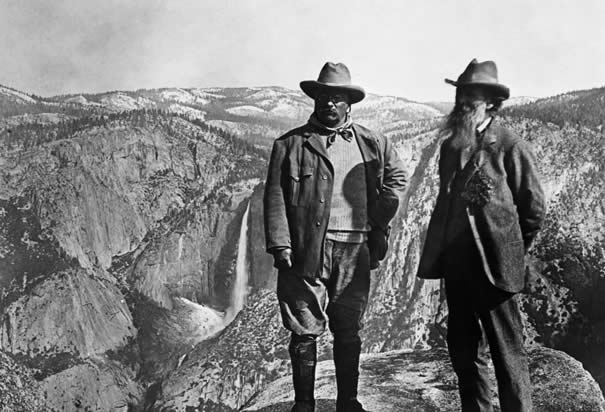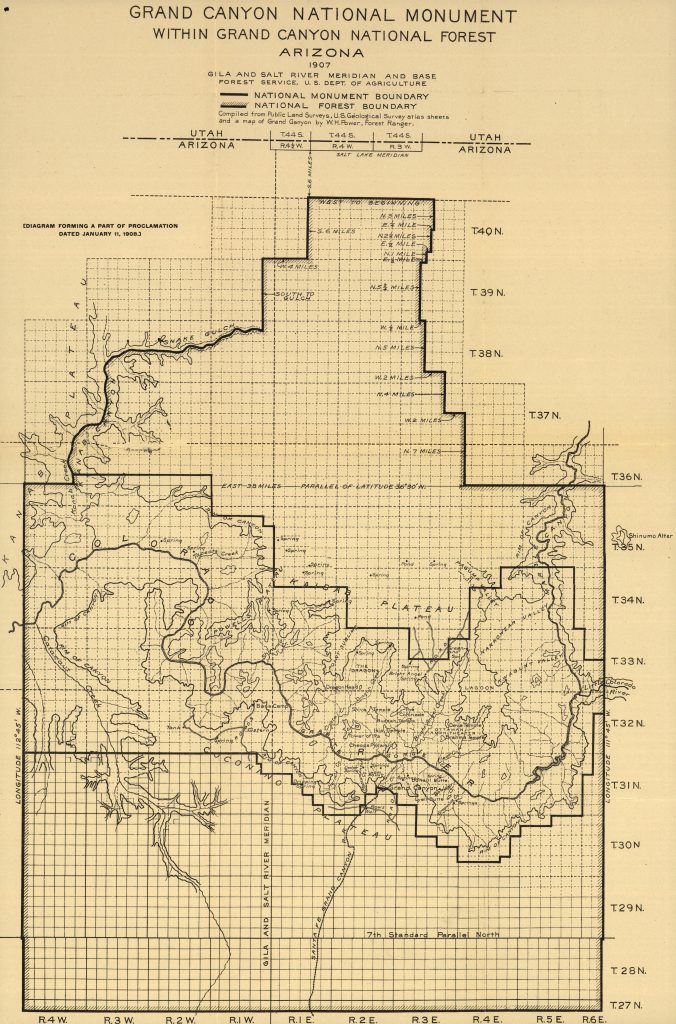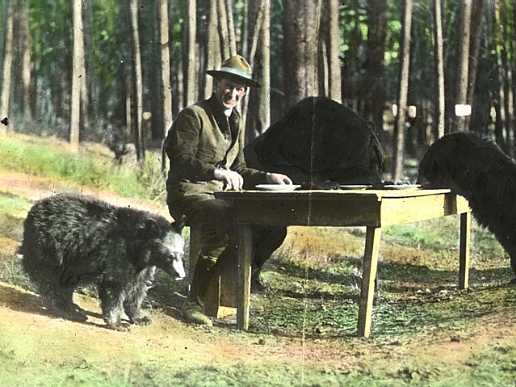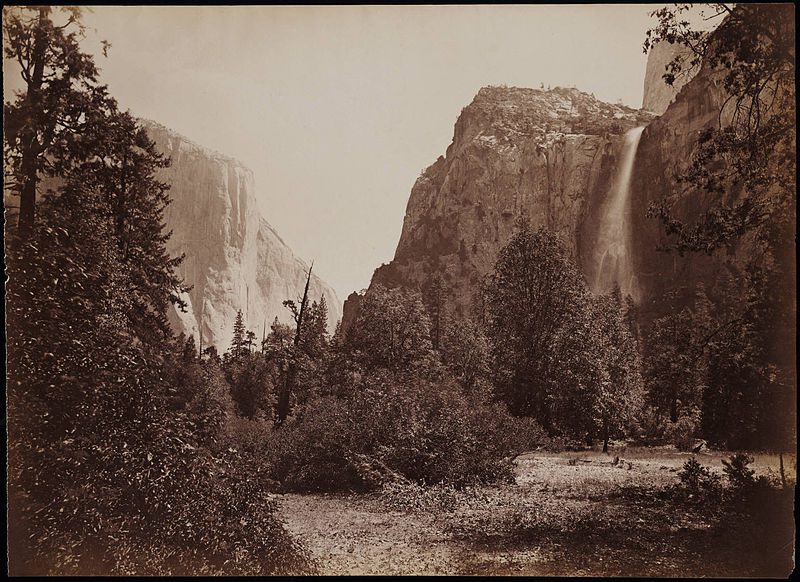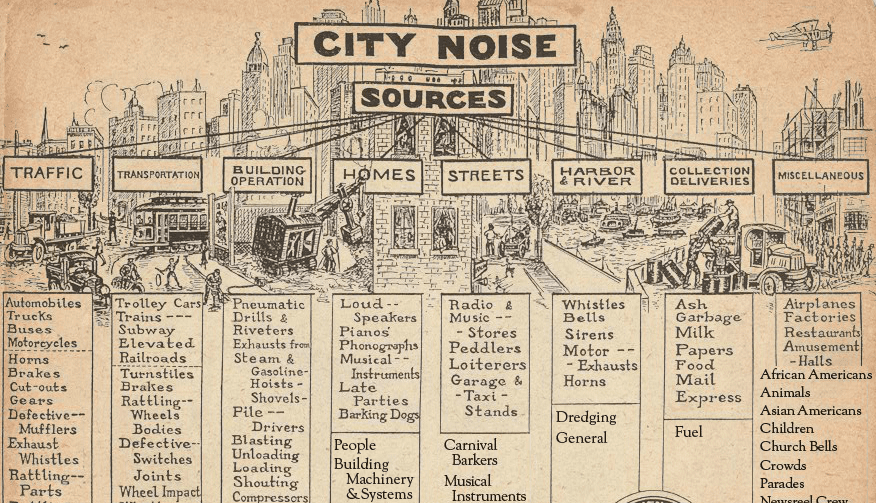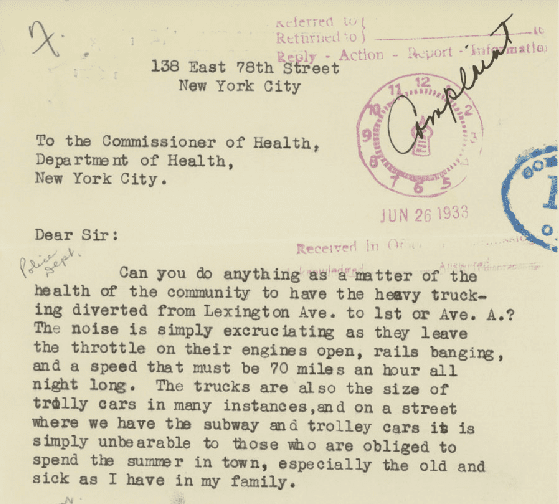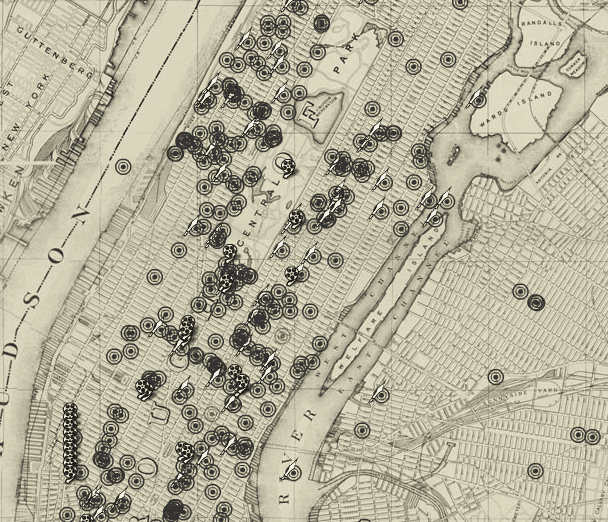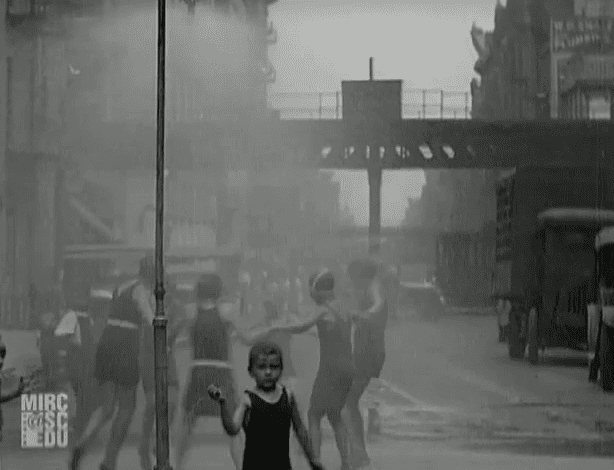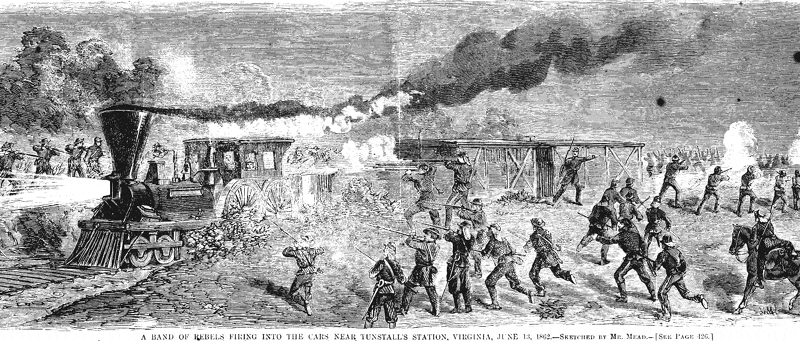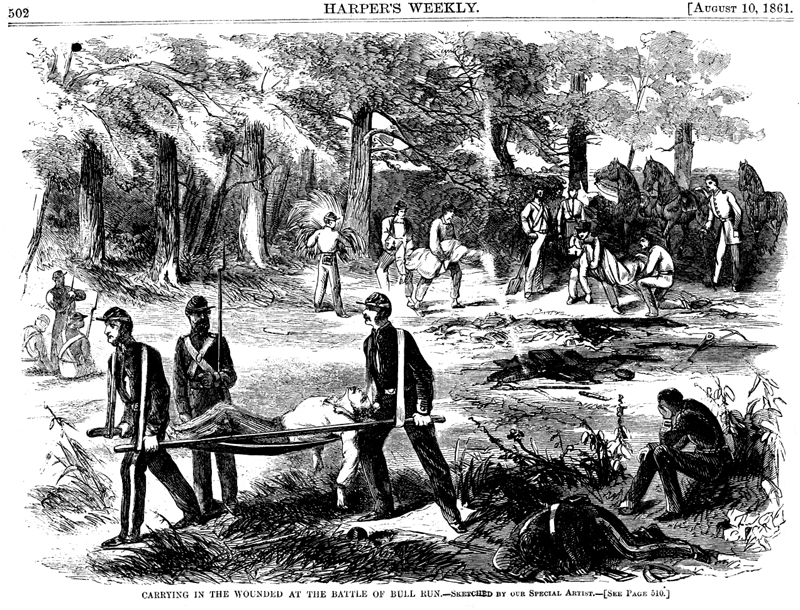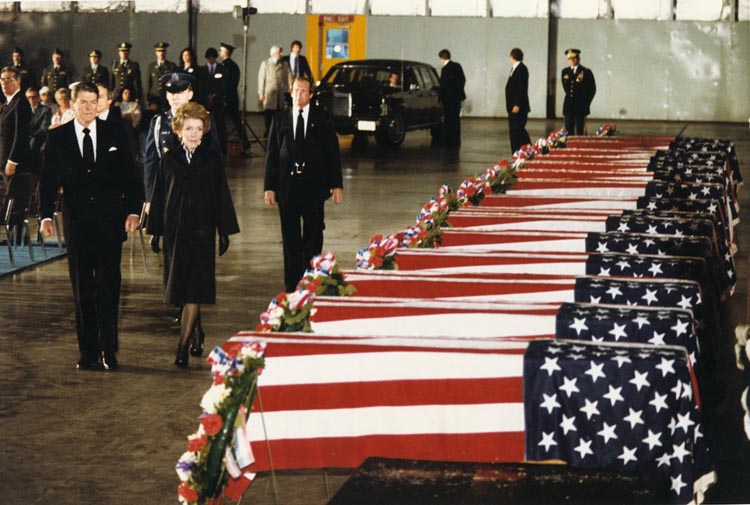William Louis
Burkburnett Middle School
Junior Division
Individual Website
In 1955, a collection of citizens in Montgomery, Alabama decided to stand up against the injustice of Jim Crow. Edgar D. Nixon, Martin Luther King and many other activists boycotted the city’s bus system to protest the arrest of Rosa Parks for refusing to give up her seat to a white passenger. After 381 days, the bus lines nearly went bankrupt. Ultimately, the city of Montgomery relented and reversed its policy of segregation on its city buses, galvanizing the Civil Rights movement across America.
William Louis, a student at Burkburnett Middle School, contributed to this year’s Texas History Day with a website on this seminal movement, “The Montgomery Bus Boycott.” But this was not just American history for William–it was also family history:
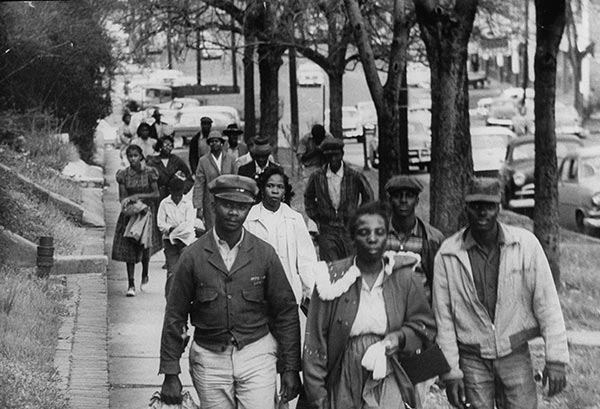
Commuters walking to work instead of riding the buses during the Montgomery bus boycott, 1956 (Don Cravens/Time Life/Getty Images)
As I journeyed through my family history, I discovered that a lot of good things have happened to us. However, we suffered a lot of injustices also. We suffered slavery and discrimination but, also experienced victory and defied the odds of racial barriers. At age six I did a presentation on slavery and how slaves came to America. This was the first time my mom went into detail about slavery, discrimination, and segregation. The more I learned about my family the more I learned about inequality. Since then, I have looked deeper into my family history, researched, read and studied pictures of slave ships as well as the welts on the backs of slaves. Now, at 11, I am just beginning to realize what others went through so I could be where I am right now.
Rosa Parks’ mug shot after being arrested on December 1, 1955 for refusing to give up her seat on a Montgomery bus (Wikipedia)
One of the people who helped me understand what African Americans went through was my Grandpa. He told me about having to sit in the back of the bus in Fayetteville, NC, when he was six years old. He told me how he sat at the front of the bus before his cousin snatched him up and took him to the back of the bus, where “the coloreds” belonged.
President Barack Obama sitting in the Montgomery bus where Rosa Parks was arrested. Parks was sitting in the same aisle but on the opposite side. (The White House)
This year’s National History Day is focused the theme Rights and Responsibilities. In America these rights include inalienable rights which are the right to life, liberty, and the pursuit of happiness. However, blacks were denied these rights. As a result, many courageous people like Rosa Parks, E.D. Nixon, Claudette Clovin, and Martin Luther King took responsibility for the rights of blacks and others who were discriminated against.
More remarkable work from Texas middle and high school students:
A digital history of the trauma of Vietnam
And an account of America’s closest brush with destruction

